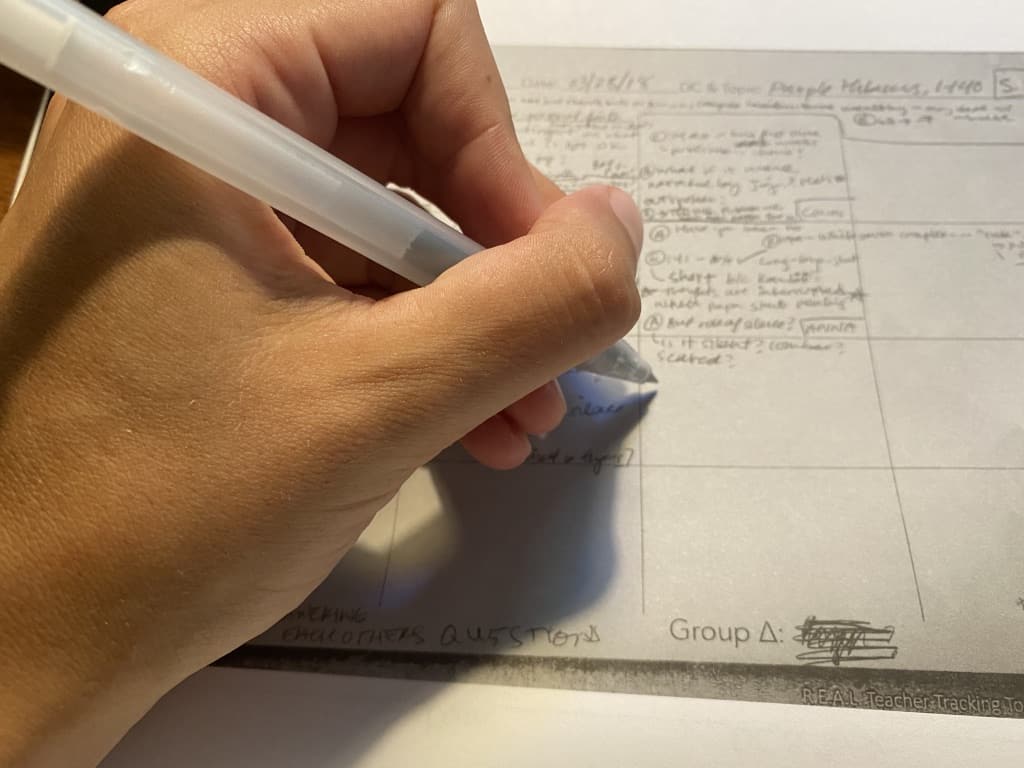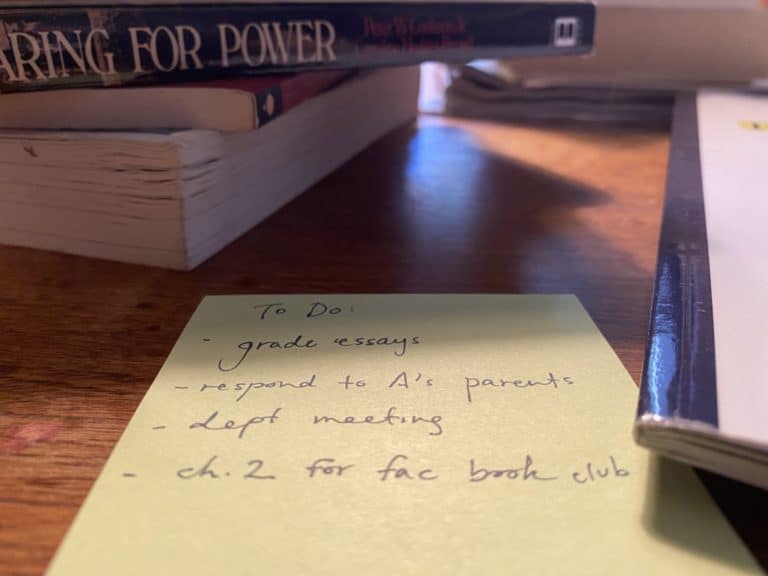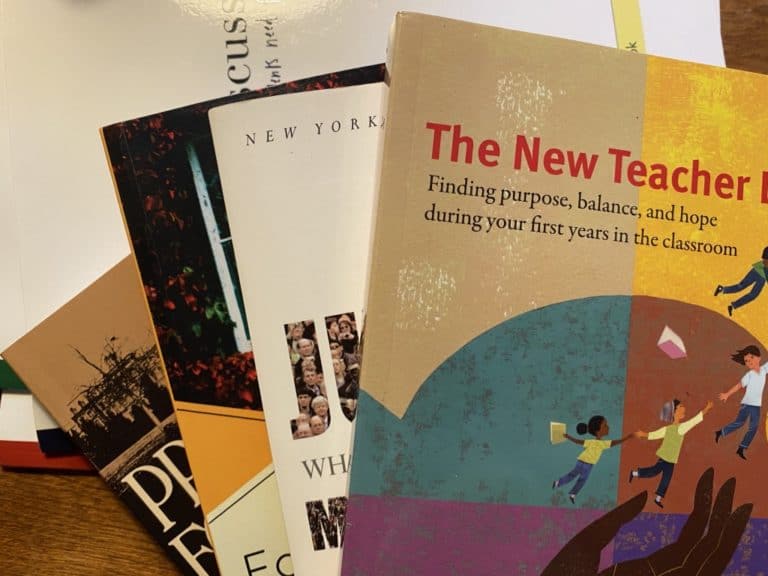Finding the Words
Beyond the Syllabus posts offer a round-up of resources that are “practice-adjacent,” as Katherine often says. We offer recs for podcasts, fiction and non, and TED talks that offer delightful – if surprising – ways to rethink or enrich discussion practice.
Style Guide Karen Yin’s Conscious Style Guide. A celebrated editor and editor of color, Karen Yin re-purposed her dexterity with AP and Chicago style as the basis for her website: the Conscious Style Guide. Alongside fresh, original articles (e.g. considering language for talking about poverty or the use of gender pronouns through the lens of Doctor Who), Yin handily collates specific resources from across the internet that articulate usage and language surrounding race, ability, sexuality, and other often-sticky subjects. We love the site for its ability to call into question, problematize, and update our own usage in the spoken and written structures of our classrooms. It can also be a useful guide for students as they seek footholds and language to talk about key elements of texts, histories, and conflicts which deserve discussion and dignity in the contemporary world.
Research Revelations Charlotte E. Jacobs and Ramona Weber, “Black Girls’ Experiences in Independent Schools.” Over the past nine years, Charlotte Jacobs has closely studied Black girls’ lives within predominantly White independent schools seeking action steps in response to one critical question: “How can independent schools create safe spaces in which all students of color can authentically share representations of who they are in a way that can be celebrated?” Centered in storytelling, Jacobs and Weber’s article describes the experience of “what it’s like” to be a Black girl in a predominantly white, elite community. We urge school teachers and leaders to read the article for its clear, and clearly defined, three steps for action that can help celebrate the Black female experience in such schools: “examining identity,” “awareness and storytelling,” and “the need for safe spaces for critique and action.” Each step challenges teachers to think more critically about what it might mean to build student-centered classrooms that honor all students, not just those who represent the dominant culture of a school.
Remembrance Maria Popova, “The Writing of ‘Silent Spring’: Rachel Carson and the Culture-Shifting Courage to Speak Inconvenient Truth to Power.” Maria Popova’s writing retells — through anecdotes, quotes from correspondence, and biography — the story of Rachel Carson’s arrival and legacy as a writer. Though the story of Silent Spring is familiar to many Americans, Popova’s succinct but precise narrative helps us to identify, in Carson’s courageous speech, avenues to build boldness and courage in the classroom. Notably, the need to richly and critically observe one’s environment and to share those observations with others – even if it means you might stand alone – were fundamental forces in Carson’s work; her life can provide a model for both teachers and students of the power of words – whether written or spoken – and, thus, the work of the classroom.





